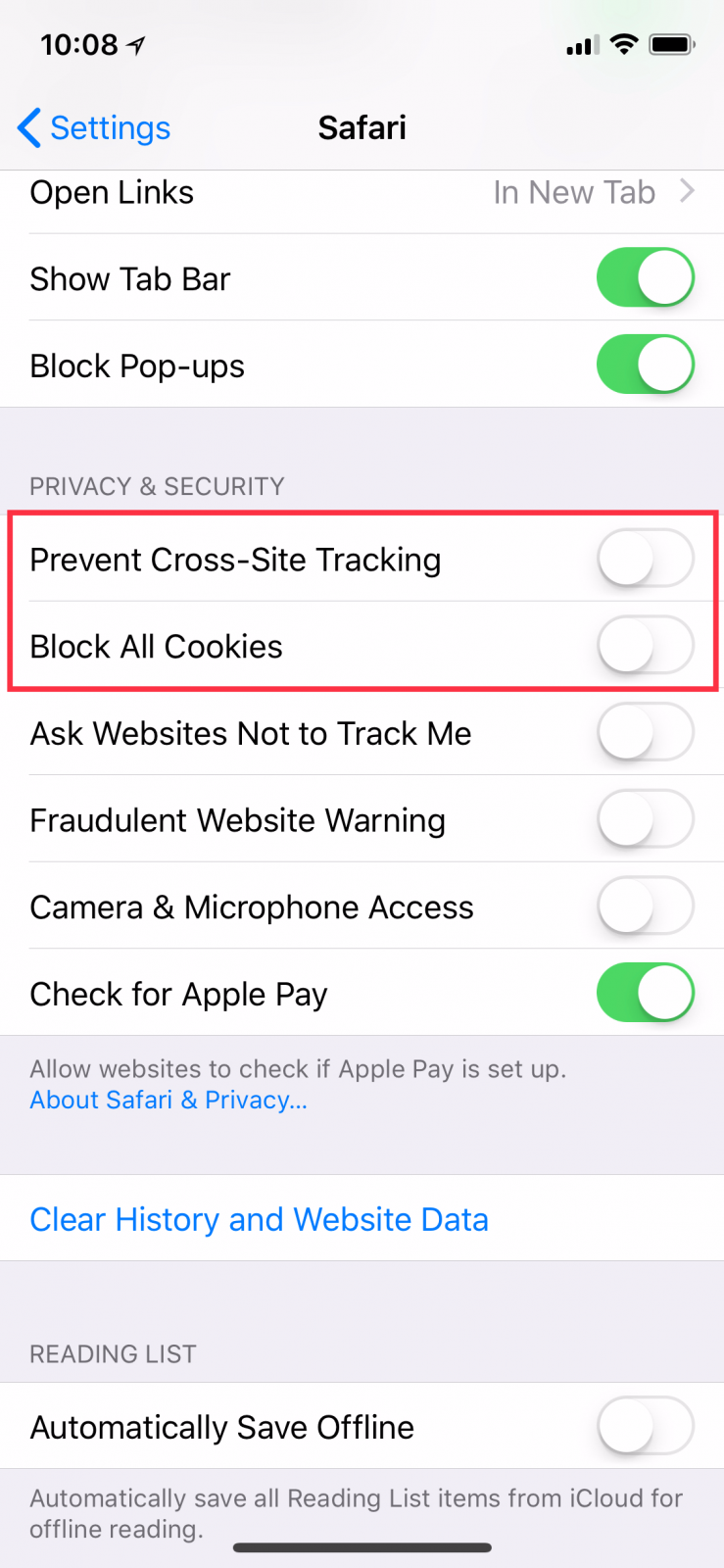

You can swipe to go back and forth between pages. And, if at any point you would like to change your translate settings you can go to Settings -> Content Settings -> Google Translate. There is also a small toggle that will say, Always translate “Language”. If you toggle that on, anytime Chrome sees, in this case, an Italian webpage, it will automatically translate that page to English. From there you can reject the translations and select “Show Original” or accept the translations by tapping Done.

Translating will take a few seconds, and the page will reload with your chosen language translation. You can say “Nope” or tap Translate to have the page translated. Chrome will automatically recognize if the page is not in your default language and offer to translate it for you in a small pop-out window. So, when you come across a website or web page that is in another language, Google Chrome offers the option to translate that page into your preferred language. While it would be awesome if we were fluent in hundreds of languages, that really isn’t possible. Top tips for browsing with Chrome on iPhone and iPad 1. Google Chrome for iOS is a fan favorite even on devices that come with Safari by default. So, since web browsing on mobile is so popular you’d think there would be competition amongst browser providers. Mobile devices and cellular networks are now strong enough to support basically anything you can down on your computer. There are many people out there that use their iPhone or iPad as their main internet surfing device.


 0 kommentar(er)
0 kommentar(er)
